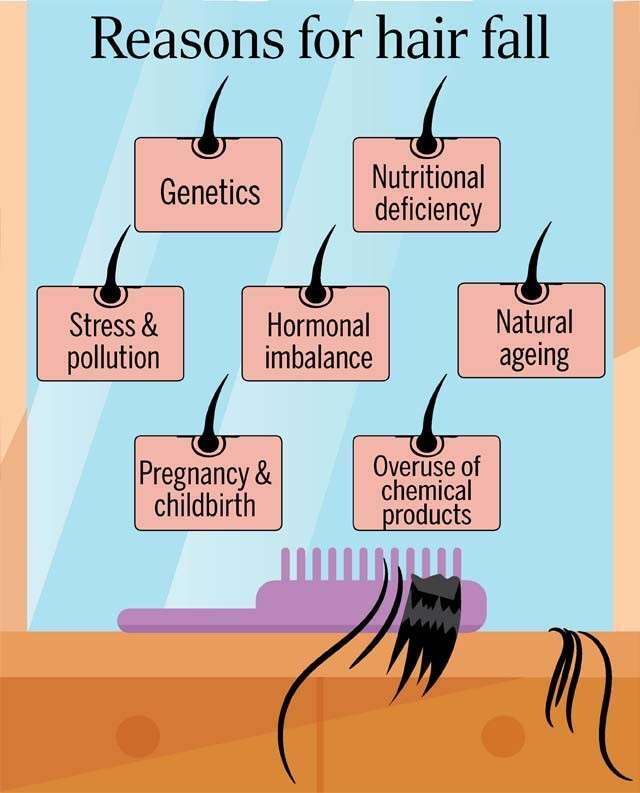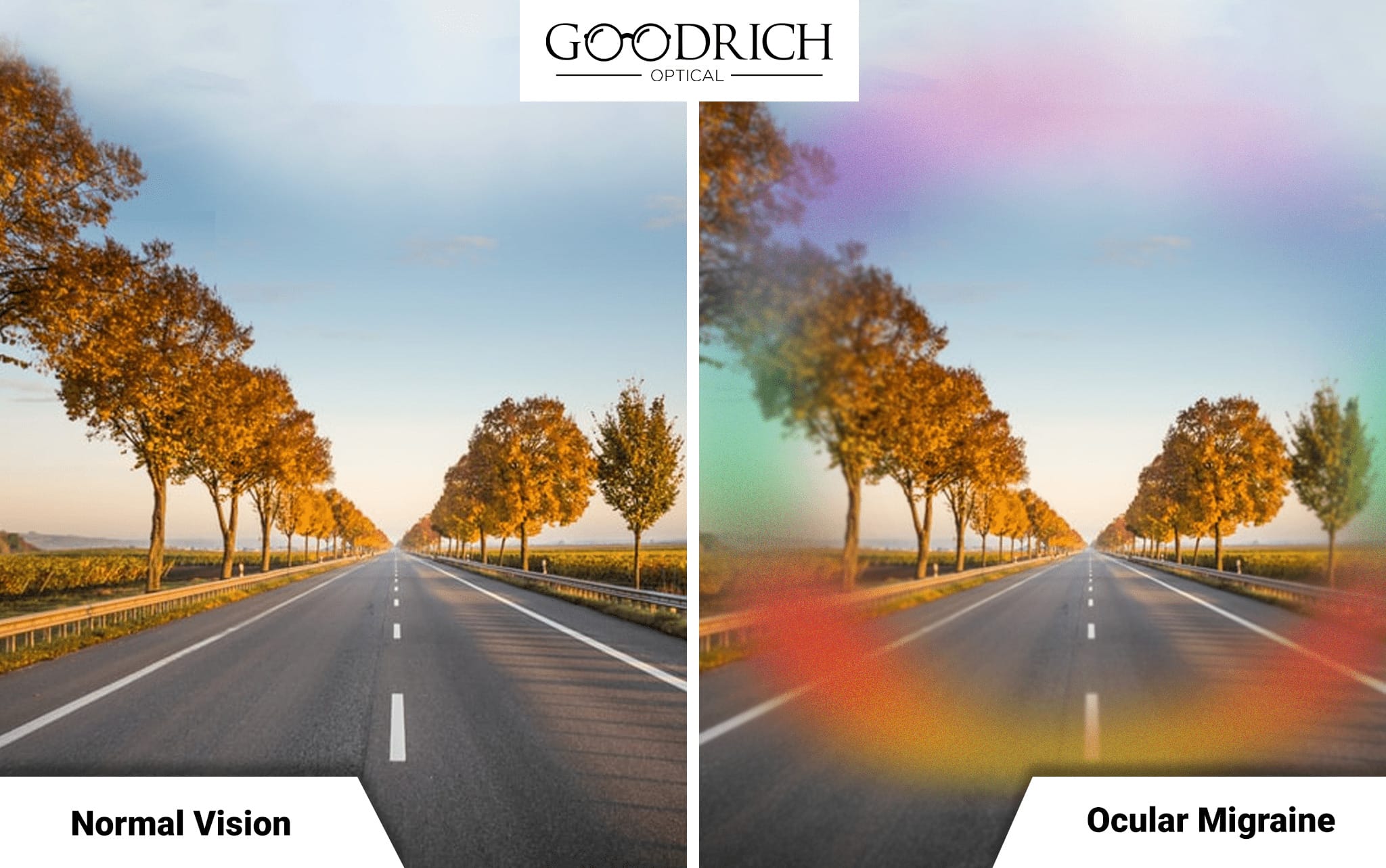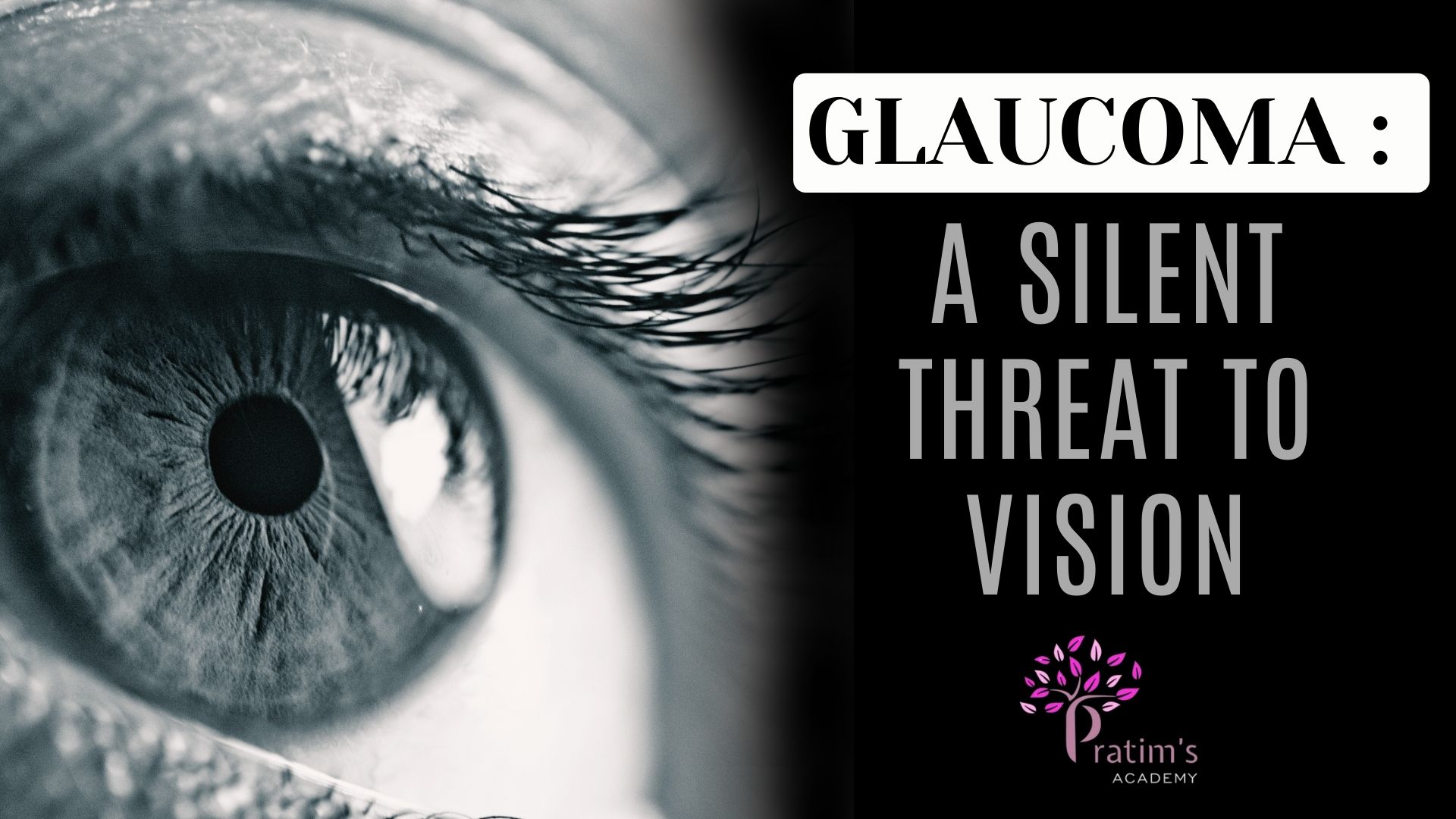Symbiosexuality : Beyond Individual Attraction

Understanding Symbiosexuality
Symbiosexuality is a recently identified form of sexual attraction that involves being drawn to established couples as a unit, rather than to each person individually. This attraction is not focused on the individuals within the couple, but rather on the relationship itself, and the connection and bond that the couple shares.
Research on Symbiosexuality
This phenomenon has been explored by researchers at Seattle University, led by Dr. Sally W. Johnston, in a study involving 373 participants. The study aimed to understand the nature of symbiosexuality, its prevalence, and its implications for our understanding of human sexuality.
Key Findings
The study found that symbiosexuality is a legitimate and distinct form of sexual attraction, separate from traditional forms of attraction. The researchers identified several key characteristics of symbiosexuality, including:
- A strong attraction to the emotional connection and bond between the couple
- A desire to be part of the couple's relationship, rather than replacing one of the partners
- A focus on the relationship as a whole, rather than individual partners
Implications of Symbiosexuality
The emergence of symbiosexuality challenges traditional notions of human sexuality and attraction. It highlights the complexity and diversity of human sexual experience, and encourages us to think beyond traditional categories of attraction. The recognition of symbiosexuality also has implications for relationships, as it acknowledges the validity of non-traditional forms of attraction and connection.
Defining Symbiosexuality
Understanding the Concept
Symbiosexuality refers to the romantic or sexual attraction one may experience towards an established couple, valuing the interaction as greater than the sum of its parts. This concept goes beyond individual attraction, focusing on the dynamic between two people and the unique energy they share.
Distinction from Other Sexualities
This attraction is distinct from other sexualities, such as plurisexualities, and is not limited to two people, but can be more. Symbiosexuality acknowledges the complexity of human relationships and the diverse ways individuals experience attraction.
Key Aspects of Symbiosexuality
- Attraction to the couple's dynamic, not just individual partners
- Valuing the interaction as greater than the sum of its parts
- Distinguishes itself from other sexualities, such as plurisexualities
- Not limited to two people, can be more
Exploring the Depths of Symbiosexuality
Symbiosexuality invites us to explore the intricacies of human connection, encouraging a deeper understanding of our desires and relationships. By acknowledging and embracing this aspect of human sexuality, we can work towards creating a more inclusive and compassionate society.
What Attracts Symbiosexuals?
Symbiosexuals are drawn to the intricate web of connections and dynamics within a romantic relationship. They find themselves captivated by the shared energy, multidimensionality, and power dynamics that exist between two people. But what specific factors contribute to this attraction?
1. Intimacy and Connection
A deep emotional connection and intimacy between partners can be a significant draw for symbiosexuals. They are attracted to the idea of two people being deeply invested in each other's lives, sharing their thoughts, feelings, and desires.
2. Multidimensionality
Symbiosexuals are fascinated by the various dimensions of a relationship, including the emotional, physical, intellectual, and spiritual aspects. They appreciate the complexity and richness that comes with exploring these different facets.
3. Power Dynamics
The power dynamics within a relationship can be a significant attractant for symbiosexuals. They are interested in the ways partners navigate dominance, submission, and equality, and how these dynamics shape their interactions.
4. Relationship Quality
The quality of a relationship is crucial in attracting symbiosexuals. They are drawn to relationships characterized by trust, respect, communication, and mutual support. A strong, healthy bond between partners is essential.
5. Gender and Sexual Queerness
Symbiosexuals may be attracted to relationships that challenge traditional gender and sexual norms. They appreciate the uniqueness and diversity that comes with non-binary, genderqueer, or sexually queer relationships.
6. Playfulness and Humor
A sense of playfulness and humor within a relationship can be an added attraction for symbiosexuals. They enjoy seeing partners who can laugh together, be spontaneous, and have fun.
7. Physical Attraction
While not the primary focus, physical attraction can still play a role in attracting symbiosexuals. They may appreciate the chemistry and physical connection between partners, as well as the ways they express affection and intimacy.
These factors combined create a rich tapestry of attraction for symbiosexuals, one that goes beyond individual qualities and focuses on the intricate dance of relationships.
Prevalence and Stigma
Demographic Distribution
While symbiosexuality is seen across various demographics, research suggests that it is more prevalent among certain groups. A notable study found that symbiosexuality is more common among queer and polyamorous individuals, with over 90% identifying as queer. This indicates a potential connection between symbiosexuality and non-traditional relationship structures and sexual orientations.
Stigma and Misconceptions
Symbiosexuals often face stigma and misconceptions, with their attraction being frequently labeled as "Unicorn." This term, often used within polyamorous communities, can be perceived as derogatory, implying that individuals who identify as symbiosexual are rare, mythical, or even nonexistent. Such labeling can lead to feelings of isolation, invalidation, and marginalization within both queer and polyamorous communities.
Impact of Stigma
The stigma surrounding symbiosexuality can have significant consequences for individuals who identify with this orientation. It can lead to difficulties in finding acceptance and understanding within both queer and polyamorous communities, as well as in mainstream society. Symbiosexuals may struggle to find resources, support, and representation, exacerbating feelings of loneliness and disconnection.
Breaking Down Barriers
To combat stigma and promote understanding, it is essential to recognize and validate symbiosexuality as a legitimate orientation. This involves educating oneself and others about the experiences of symbiosexual individuals, challenging misconceptions, and advocating for inclusivity and acceptance. By fostering a more inclusive environment, we can work towards creating a society that values and respects diverse expressions of attraction and love.
Conclusion
Symbiosexuality challenges traditional notions of attraction and relationships, offering a new perspective on human sexuality. This concept encourages us to think beyond individual attraction and consider the complex dynamics at play in our connections with others.
Expanding Our Understanding
Further research is needed to fully understand the complexities of symbiosexuality and its implications for our understanding of attraction and relationships. By exploring this concept, we may uncover new insights into the human experience, relationships, and the intricacies of sexual attraction.
Implications for Personal Growth and Relationships
Symbiosexuality has the potential to revolutionize how we approach relationships, encouraging a deeper understanding of ourselves and others. By embracing this perspective, we may foster more empathetic, compassionate, and authentic connections, leading to personal growth and more fulfilling relationships.
A Call to Action
As we continue to explore and understand symbiosexuality, it is essential to approach this topic with an open mind and a willingness to learn. By doing so, we can work together to create a more inclusive and accepting environment, where individuals can freely express themselves and explore their complexities without fear of judgment or discrimination.

















Comments ()